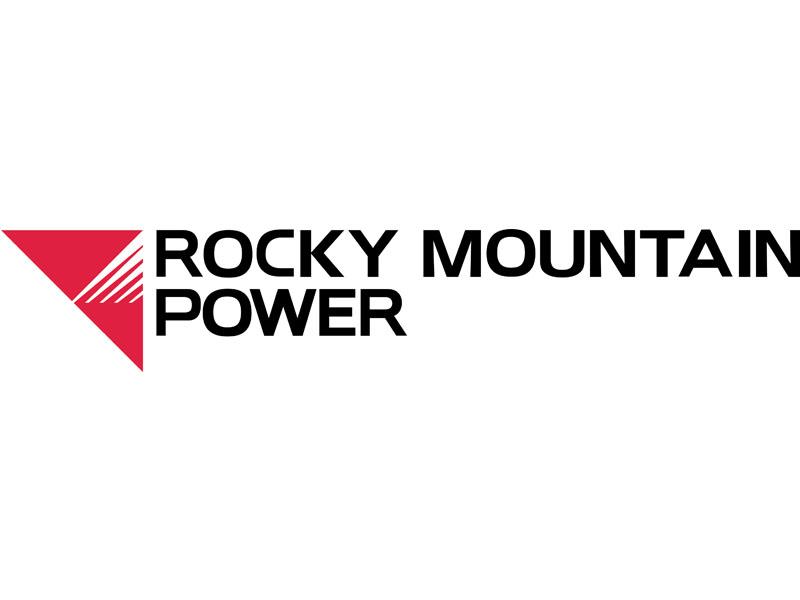Utah: Rocky Mountain Power & Solar Industry Advocates agree on alternative Net Metering program

The Public Service Commission (PSC) of Utah unanimously approved a settlement deal, reached between Rocky Mountain Power and a group of solar industry advocates, which ends the utility’s full retail credit Net Metering (NEM) program. This effectively means that new solar customers will no longer be reimbursed at a full 1:1 credit for extra energy they export back to the grid. The Utah Solar Energy Association, who was a signatory to the settlement deal commented that “this compromise, which comes with challenges, maintains solar as an affordable and secure investment, encourages self-reliance and promotes choice in our energy market.”
New Net Metering Rules Approved by Nevada Public Utilities Commission

The Public Utilities Commission (PUC) of Nevada approved a draft order that will implement new Net Energy Metering (NEM) rules and regulations for NV Energy. Under the new rules, rooftop solar customers who export energy back to the grid will be compensated at 95 percent of the retail electricity rate. The new order calls for export rate compensation levels to gradually decline as tranches of capacity are reached. The order requires that NV Energy charge solar and non-solar customers the same fees.
How to Model a NEM 2.0 Project

We’ve been getting a lot of questions on how to model Net Metering version 2 (NEM 2.0) projects, so we figured it was time for blog. A lot of the recent inquiries are coming from our California users, where the Net Metering caps are expected to hit capacity soon. As of March, the PG&E and SDG&E service territories are over 80% of the way towards reaching their cap. While California has been getting most of the attention recently, the mechanics of modeling NEM 2.0 scenarios are fundamentally the same regardless of the state or utility territory.